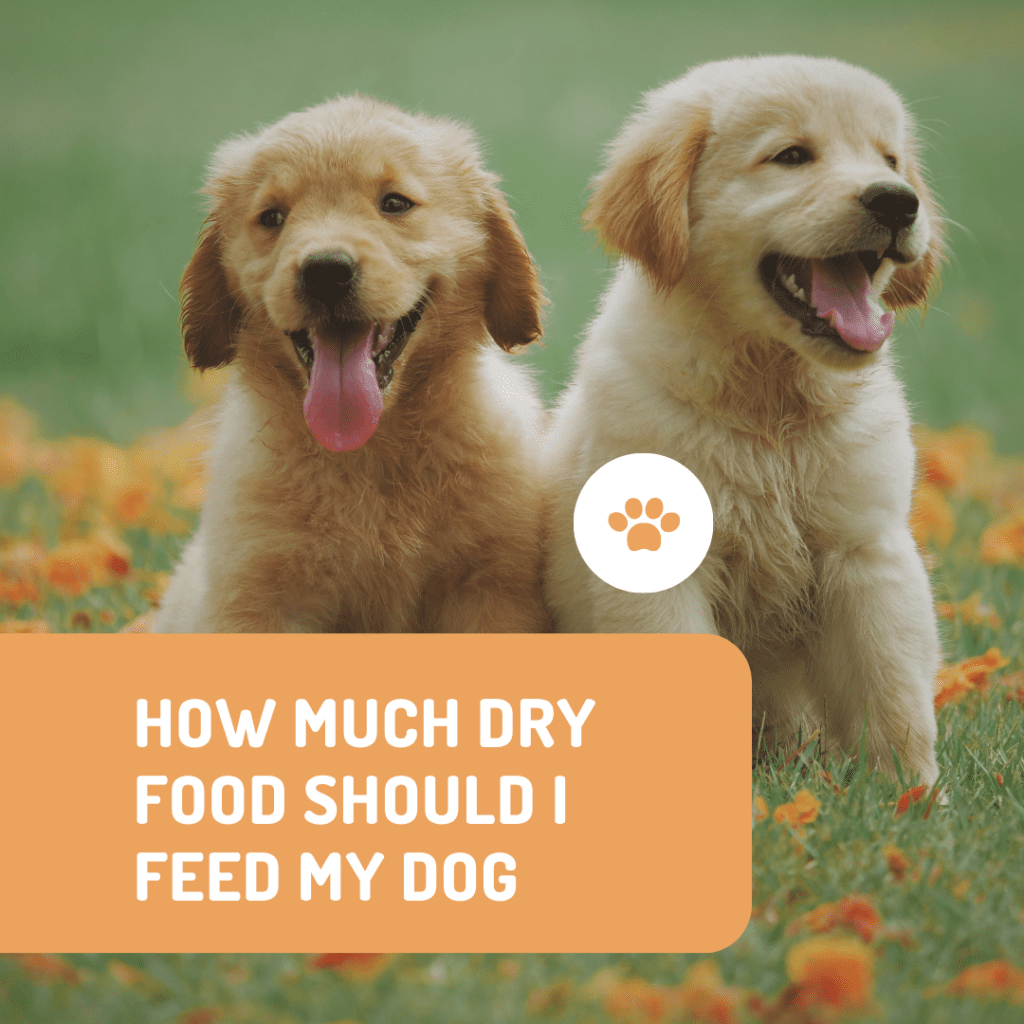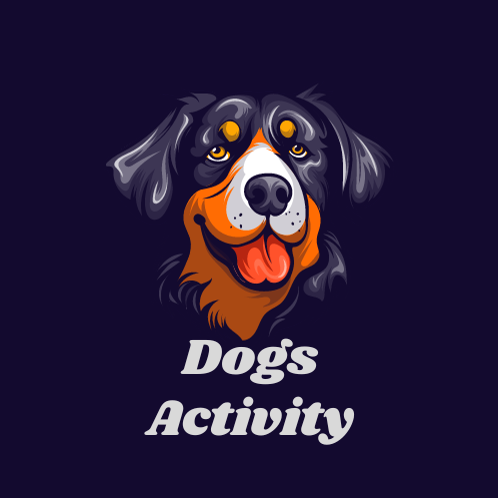
Feeding your dog is a fundamental aspect of responsible pet ownership, and it’s crucial to ensure that you’re providing the right amount of food to meet their nutritional needs. Dry dog food, also known as kibble, is a popular choice for many dog owners due to its convenience and long shelf life. However, determining the correct portion size can be challenging. In this comprehensive guide, we will delve into the factors that influence how much dry food you should feed your dog, ensuring that your canine companion remains healthy, happy, and well-nourished.
Chapter 1: Understanding Your Dog’s Nutritional Requirements
To determine how much dry food to feed your dog, it’s essential to understand their nutritional requirements. These requirements can vary depending on factors such as age, breed, size, activity level, and overall health.
1.1. Age
Dogs have different nutritional needs at various stages of their lives. Puppies, for example, require a diet that supports growth and development, which typically means more calories and protein. Adult dogs have maintenance needs, while senior dogs may require specialized diets to support aging.
1.2. Breed and Size
Small, medium, and large breeds have varying nutritional needs. Smaller dogs generally require more calories per pound of body weight than larger dogs, while larger breeds may be prone to certain health issues that necessitate specific dietary considerations.
1.3. Activity Level
Highly active dogs, such as working or sporting breeds, need more calories and protein to sustain their energy levels. Less active dogs, like toy breeds or senior dogs, require fewer calories to prevent weight gain.
1.4. Special Health Considerations
Dogs with specific health conditions, such as allergies, diabetes, or kidney disease, may require specialized diets. Consult your veterinarian to address these specific needs.
Chapter 2: Reading Dog Food Labels
Understanding the information on dog food labels is essential to make informed decisions about your dog’s diet. Dog food labels provide crucial details about the nutritional content of the product and recommended feeding guidelines.
2.1. Guaranteed Analysis
The guaranteed analysis section of a dog food label provides information about the minimum percentage of crude protein and crude fat, as well as the maximum percentage of crude fiber and moisture in the food. This data helps you assess the food’s nutritional composition.
2.2. Ingredients List
The ingredients list indicates the components of the dog food in descending order of quantity. Look for high-quality protein sources (like meat or fish) at the top of the list and avoid foods with excessive fillers, artificial additives, or by-products.
2.3. Feeding Guidelines
The feeding guidelines on the label offer a starting point for determining the appropriate portion size for your dog. These recommendations are typically based on your dog’s weight and activity level. However, remember that individual dogs may have unique needs, and these guidelines are not one-size-fits-all.
Chapter 3: Factors Affecting Portion Size
Several factors influence the amount of dry food your dog should consume. It’s essential to consider these variables when determining the right portion size for your furry friend.
3.1. Caloric Needs
The number of calories your dog requires daily depends on factors like age, size, and activity level. Puppies and active dogs require more calories, while senior dogs and those with lower activity levels need fewer.
3.2. Protein Content
Protein is a crucial component of your dog’s diet. The higher the protein content in the food, the smaller the portion size needed to meet your dog’s protein requirements. However, be cautious not to overfeed if the food is exceptionally high in calories.
3.3. Fat Content
Dogs require a certain amount of dietary fat for energy and overall health. Higher-fat foods contain more calories, so you may need to adjust the portion size accordingly.
3.4. Age and Life Stage
Puppies have different nutritional needs than adult or senior dogs. Ensure that the food you select is appropriate for your dog’s life stage.
Chapter 4: Calculating the Right Portion Size
Determining the right portion size for your dog can be done through a simple calculation. The following formula provides a general guideline:
CaloriesperDay=(RER)x(RestingEnergyRequirement)
RER (Resting Energy Requirement) can be calculated using the formula:
RER=70x(bodyweightinkg)0.75
4.1. Assess Your Dog’s Weight
First, you need to know your dog’s current weight. If you’re uncertain, consult your veterinarian for an accurate measurement.
4.2. Determine the RER
Using the RER formula, calculate your dog’s Resting Energy Requirement. This value represents the number of calories your dog needs daily to maintain their current weight at rest.
4.3. Consider Activity Level
To account for your dog’s activity level, you can multiply the RER by a factor, typically ranging from 1.2 (for sedentary dogs) to 2.5 (for very active dogs).
4.4. Select the Appropriate Food
Choose a high-quality dry dog food that meets your dog’s nutritional needs, taking into consideration factors like age, size, and any specific health requirements.
4.5. Follow Feeding Guidelines
Refer to the feeding guidelines on the food label. These guidelines typically provide a range of suggested portions based on your dog’s weight and activity level.
4.6. Monitor Your Dog
After determining the initial portion size, monitor your dog’s weight and condition. If your dog gains or loses weight, adjust the portion size accordingly.
Chapter 5: Monitoring Your Dog’s Weight
Regularly monitoring your dog’s weight is essential to ensure they are receiving the appropriate amount of food. Changes in weight can be indicative of overfeeding or underfeeding.
5.1. Use a Scale
Invest in a reliable digital kitchen scale to measure your dog’s food accurately. Weigh the food before each meal to ensure consistency.
5.2. Track Your Dog’s Body Condition
Learn to assess your dog’s body condition using visual and tactile cues. An ideal weight means you should be able to feel your dog’s ribs without them being visible. Consult your veterinarian for guidance on your dog’s body condition.
5.3. Regular Veterinary Check-Ups
Schedule routine check-ups with your veterinarian, who can provide guidance on your dog’s weight and overall health. They can also detect any changes in your dog’s condition early.
Chapter 6: Special Dietary Considerations
In some cases, you may need to make special dietary considerations for your dog, such as weight management, allergies, or specific health conditions:
6.1. Weight Management
If your dog needs to lose or gain weight, consult your veterinarian for a tailored feeding plan. Special weight management foods are available to support these efforts.
6.2. Allergies
Dogs with food allergies may require hypoallergenic or limited-ingredient diets. These should be prescribed by your veterinarian to ensure they meet your dog’s nutritional needs.
6.3. Health Conditions
Specific health conditions, like diabetes, kidney disease, or gastrointestinal issues, may require specialized diets. Work closely with your veterinarian to determine the best food for your dog’s condition.
Chapter 7: Conclusion
Feeding your dog the right amount of dry food is essential for their health and well-being. By considering factors such as age, size, activity level


